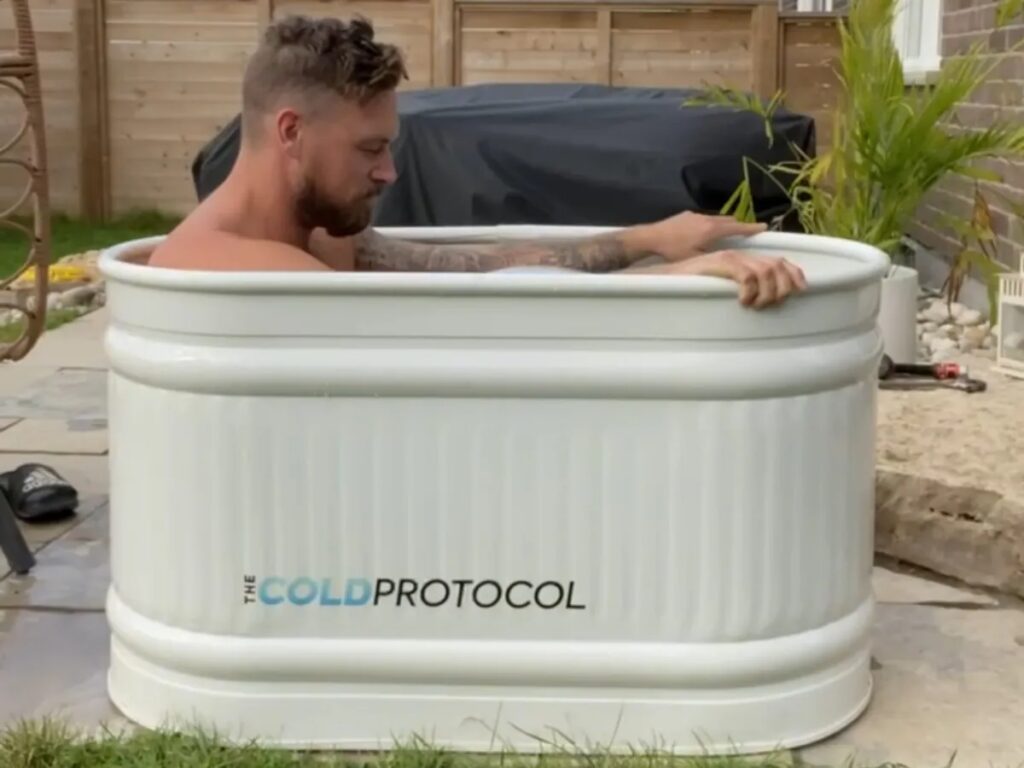Poor circulation can lead to a host of issues like swollen legs, fatigue, and even more serious conditions like peripheral artery disease. Fortunately, there are many effective ways to improve your blood flow through diet, exercise, and lifestyle changes. Here are ten strategies to get your circulation back on track.
1. Exercise Regularly
Getting regular physical activity is one of the best ways to boost circulation. You don’t have to train for a marathon – even low-impact workouts like walking or pool exercises can make a big difference. Exercise conditions the muscles that help pump blood through your veins and releases nitric oxide to relax blood vessels.
2. Try a Cold Plunge
According to the Cold Plunge Facts website, an invigorating cold plunge can also improve circulation. The cold exposure causes the blood vessels to constrict, followed by dilation as the body warms back up. This process helps flush out lactic acid and other metabolic waste from the tissues. For maximum benefit, aim for a water temperature between 50-60°F for around ten minutes.
3. Consume Less Salt
Cutting back on sodium is crucial for improving circulation. A high salt intake promotes fluid retention, increasing blood pressure and swelling. Focus on consuming whole, unprocessed foods, and don’t add extra salt. Aim for no more than 2,300 mg per day or 1,500 mg if you have hypertension.
4. Follow a Mediterranean Diet
This heart-healthy diet is ideal for boosting blood flow. It emphasizes vegetables, whole grains, lean proteins, and healthy fats while limiting saturated fat and added sugars. The Mediterranean diet has been shown to reduce the risk of heart disease and stroke by up to 30% compared to a typical Western diet.
5. Keep Legs Elevated
When resting, prop your legs above hip level to take advantage of gravity and improve venous return. This is especially helpful for those with chronic venous insufficiency. Elevating helps reduce swelling and pooling of blood in the legs. Try propping your feet up on a wall or ottoman for 20-30 minutes per day.
6. Stop Smoking
Nicotine causes the blood vessels to constrict, restricting blood flow. It also contributes to inflammation and damages artery walls over time. Quitting smoking, including e-cigarettes and vaping, is essential for healthy circulation. Within a year of quitting, your risk of heart disease drops dramatically.
7. Try Compression Socks
Well-fitted compression socks or stockings can prevent swelling and venous pooling by gently squeezing the legs. These may be recommended by your doctor, especially for those with chronic venous conditions. Diabetic socks that are non-binding may also be an option.
8. Lose Excess Weight
Carrying extra pounds takes a toll on the veins, especially in the legs. The increased weight causes higher venous pressures and more swelling. Pairing exercise with a balanced diet can help achieve a healthy weight to ease the burden on leg veins. Even losing just 5-10% of body weight can boost circulation.
9. Manage Underlying Conditions
Certain medications can optimize circulation for those with plaque buildup, high blood pressure, diabetes, or other underlying conditions. Options may include statins, blood thinners, vasodilators, and drugs to manage blood sugar. Work with your doctor on an appropriate treatment plan.
10. Consider Surgery
In severe cases of poor circulation, surgical procedures like angioplasty, stenting, or bypass may be recommended to open blocked arteries or treat varicose veins. Early lifestyle interventions can help prevent the need for such invasive treatments in many cases.
You don’t have to make drastic changes all at once to reap the benefits of improved circulation. Start by incorporating a daily walk, cutting back on processed foods, and finding ways to elevate your legs. Over time, consistent healthy habits can get your blood pumping smoothly once again.


